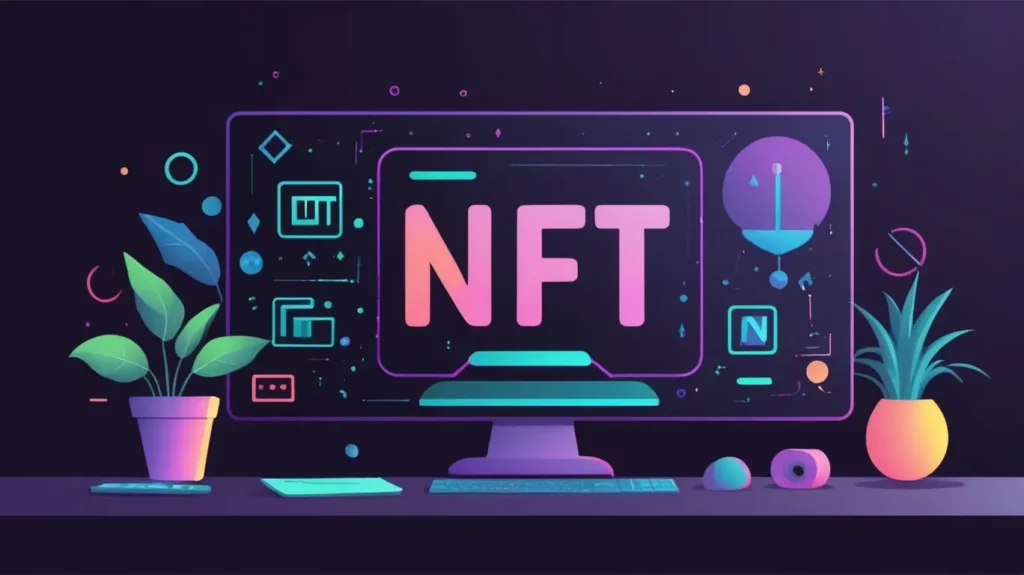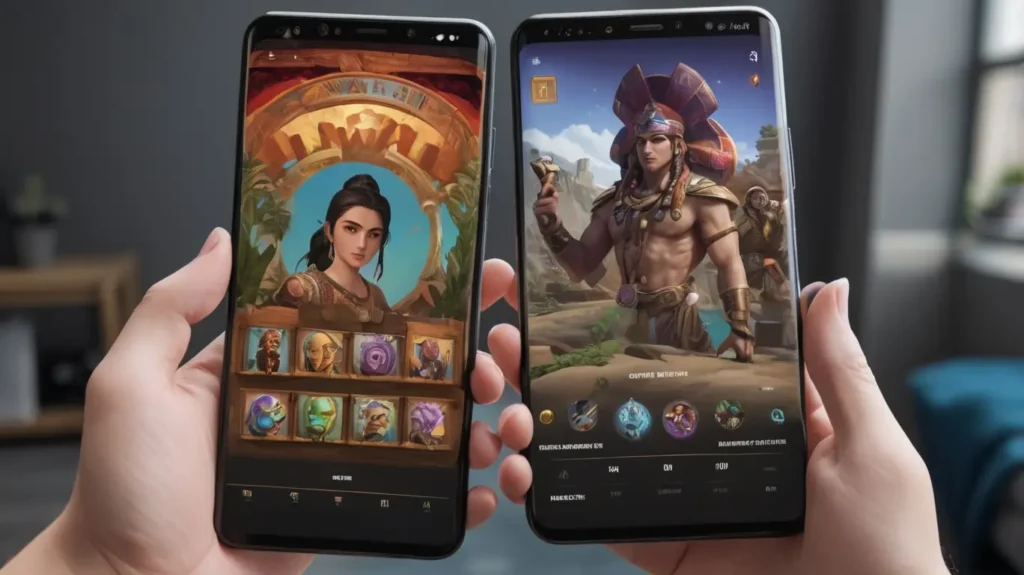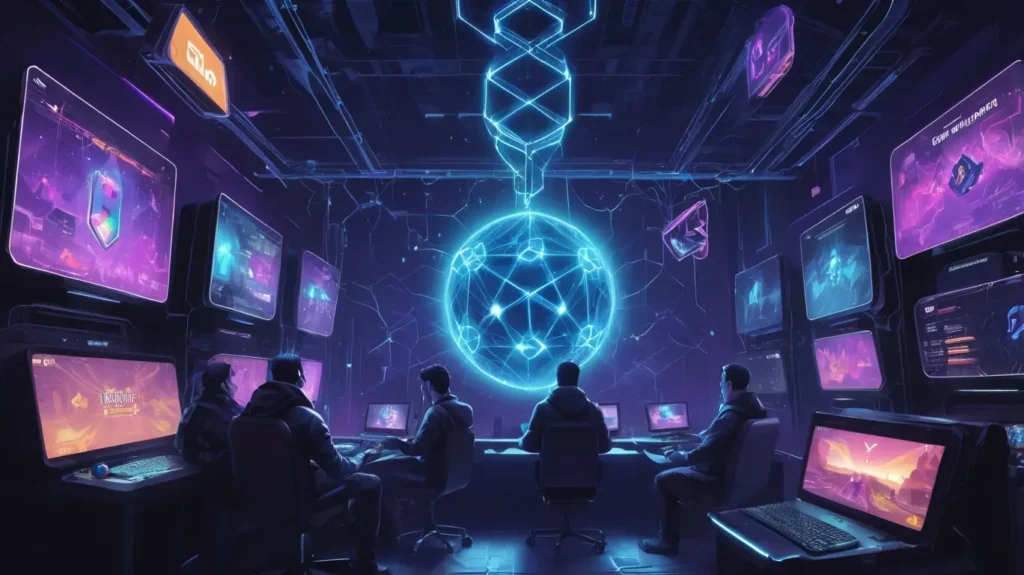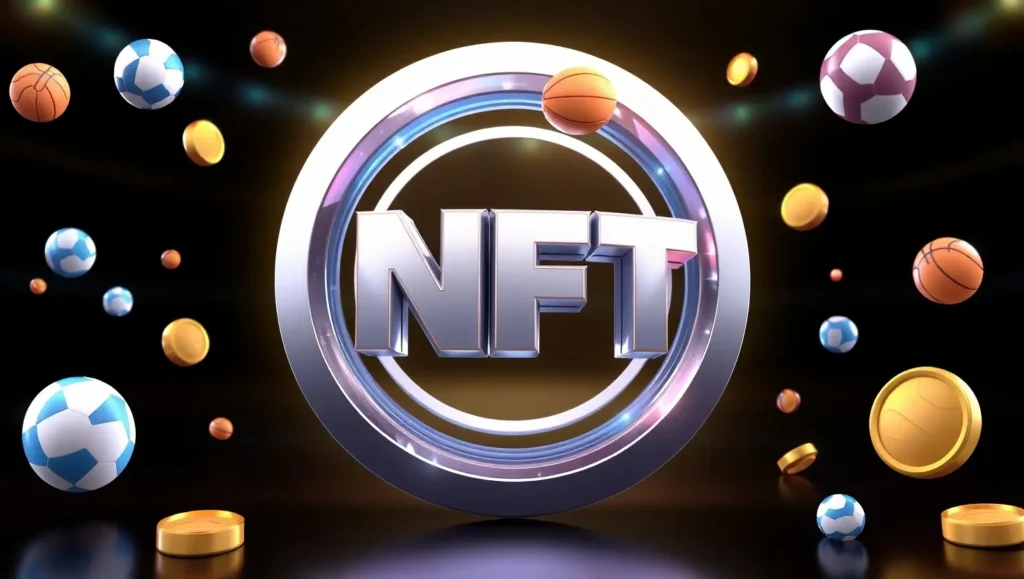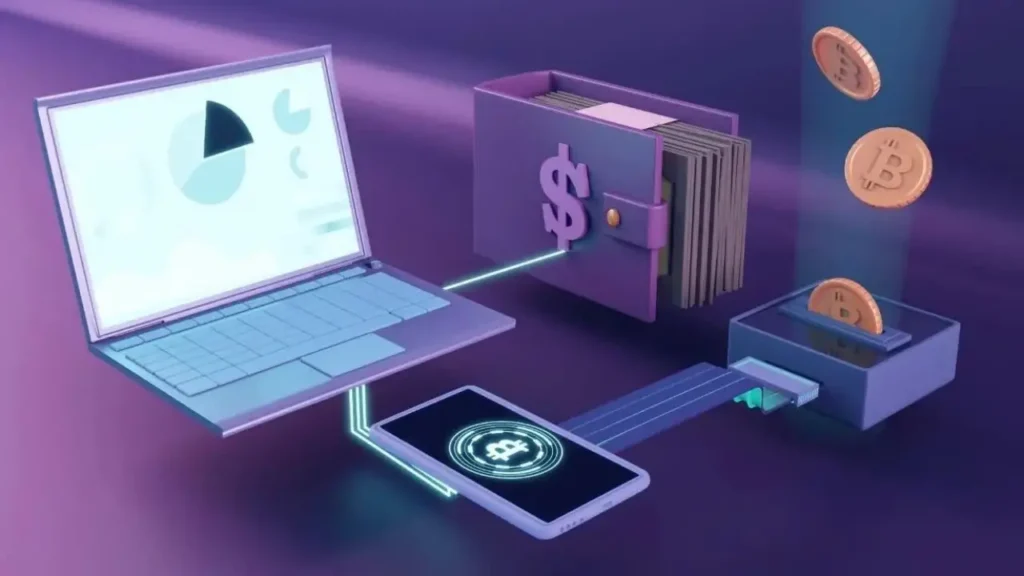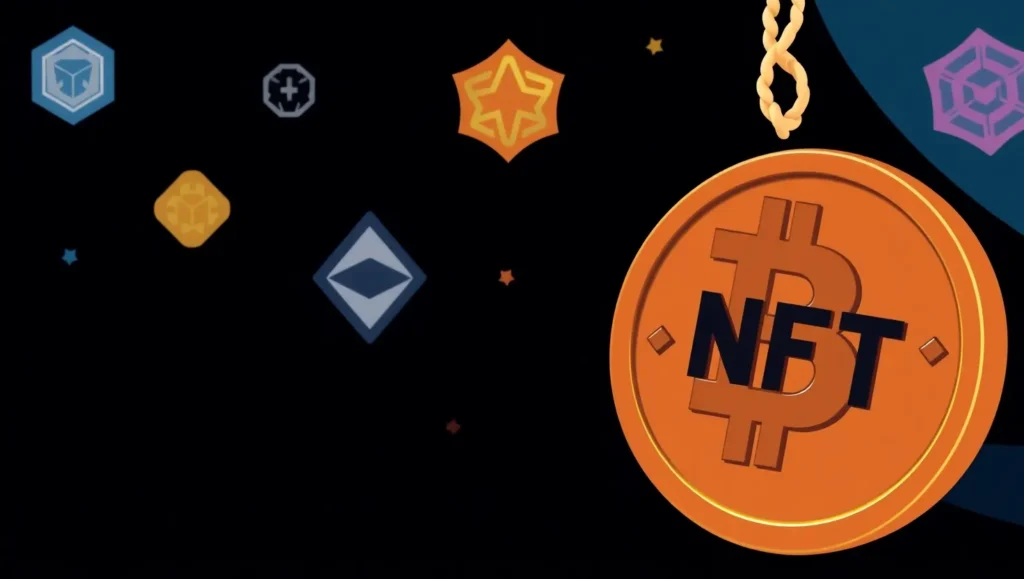The NFT landscape is flourishing, with new innovations cropping up daily. Today, the market boasts an array of digital assets, each with distinct applications and potential. While much of the buzz around NFTs centers on digital art and collectibles, the reality is quite a bit more complex. Within these diverse categories, certain NFTs draw the lion’s share of attention. Among these prominent types, three stand out as particularly important.
Investors looking for the big players in this market should familiarize themselves with these key categories: digital collectibles, digital art, and utility NFTs. This article takes a closer look at these popular NFTs that are shaping the market’s future, examining their unique attributes, applications, and growth potential. These NFT categories encompass various subcategories, which we will discuss later.
It’s essential to note that a single NFT can embody characteristics from multiple categories, possibly placing it in more than one if not all of them. Given the strong demand for these three main types of NFTs, it’s reasonable to conclude that NFTs fitting within these categories tend to enjoy greater popularity, leading to increased value and liquidity.
Therefore, selecting or creating an NFT that aligns with these popular types is a smart choice. Let’s dive into these three important types of NFTs and explore what makes them the leaders in the space.
Digital collectibles
Digital collectibles may be the largest category among the three important types of NFTs. It basically contains most NFTs that are used for investment. While some people think NFTs and digital collectibles are the same and the two terms refer to the same thing, the truth is that they are different. An NFT is a technology, and creating digital collectibles using this technology is just one of its many applications. Digital collectibles are unique digital assets stored on a blockchain.
So, even though we refer to them as one of the three primary types of NFTs, most NFTs traded in the marketplace as investments fall under the umbrella of digital collectibles. Trading cards, sports memorabilia, and PFPs are a few examples of popular digital collectibles.
Well-known NFT projects like NBA Top Shot, BAYC, and PAK collections all fit into this category. Thus, while NFTs encompass more than just digital collectibles, the majority of the tradeable assets available in the NFT market are indeed digital collectibles. They’re unique, secure, exclusive, and valuable, granting ownership rights to their respective owners.
Digital Art
The second place among the three important types of NFTs belongs to digital arts. NFT art was one of the initial forms of digital assets used for investments. People often buy NFT art because of its innovative ideas and attractive visual components. These popular NFTs have different forms; they can be digital paintings, generative arts, animations, music, or even photos. The artists try to gain admirers around their unique art style, and the price they pay for these NFTs shows how much they value the art piece.
As one of the key NFT types, NFT art has seen jaw-dropping sales. Creators like Beeple, Xcopy, Mad Dog Jones, and Fewocious have demonstrated that NFT art can indeed command millions of dollars. Humanity’s timeless passion for art has made digital art highly sought after. The value of NFT art is driven by what fans are prepared to pay, meaning prices can soar as a piece gains popularity and audience engagement.
Artists have the opportunity to build organic communities and deepen their connections with fans in the NFT marketplace, reflecting the powerful bond between creators and art lovers. As one of the three main types of NFTs, NFT art has allowed artists to expand their reach and integrate their crafts with a technology that preserves them through time.
NFTs have secured a place for art in the digital realm, proving their worth as they seize market attention. If you visit any NFT platform today, you’ll find that NFT art dominates the landscape. These NFTs can take many forms; some artists offer one-of-a-kind pieces, while innovative creators are redefining artistry with generative art using algorithms and codes to generate unique works.
Utility NFTs
Initially, incorporating utilities into NFTs was merely a tactic to attract more users. However, this strategy quickly gained traction and became popular throughout the market. Many well-known NFTs now come with additional benefits for their owners, demonstrating that creating utility NFTs is a valuable approach. So, these popular NFTs are now counted among the three key types of NFTs.
A utility NFT offers added perks such as in-game items, membership benefits, hidden gems, or other kinds of bonuses. While it might seem unnecessary to add utilities to NFTs, doing so can significantly enhance their value.
An excellent example of a utility NFT is Beeple’s Human-One, which also embodies characteristics of all three important NFT types it’s a digital collectible, an art NFT, and a utility NFT wrapped into one. As for the utilities, the owner receives a physical statue (essentially an elaborate display made of high-quality monitors) showcasing the journey of the Human-One throughout the day. As the Human-One moves, the background constantly shifts and updates remotely.
This NFT is filled with hidden gems an additional form of utility. As one of the three key types of NFTs, utility NFTs hold immense potential, as they can serve various functions for nearly anyone. For instance, musicians can use these popular NFTs to sell exclusive tracks while adding value through utilities like free concert tickets or backstage access. Utilities can enhance nearly all types of NFTs, providing different enhancements to make them more appealing.
Conclusion
The three key types of NFTs come in various forms and can encompass multiple NFT categories. These popular NFTs carry features that can amplify any NFT’s value and boost its appeal. Artists should take note of the attributes of these three important types and create NFTs that share similar qualities to draw in larger audiences. Investors should also keep these categories in mind; buying NFTs from these three key types can improve their chances of making a profit.
Digital collectibles, the largest category, include several NFT collections such as PAK, BAYC, and CryptoPunks by following their lead, artists can craft popular NFTs and collections, while investors can discover options with significant investment potential. NFT art represents another category of the three key types, with one-of-a-kind NFTs channeling traditional artistry into the digital landscape and gaining widespread popularity.
The third category, utility NFTs, enriches the NFT market with their high potential, allowing NFTs to attract more participants and bolster their value. Digital collectibles, NFT art, and utility NFTs represent the three key types that currently lead the market. Staying informed about these essential NFT categories will enable you to make smarter decisions in the marketplace.
FAQs
1. What is the difference between NFTs and digital collectibles?
NFT or non-fungible token is a technology that can be used for storing any type of data on blockchains. Digital collectibles are assets that are created by the NFT technology to be traded as investments.
2. How can I buy NFTs?
You can buy NFTs from large NFT marketplaces like OpenSea or connect with the artists on social media and buy directly. You need to set up an NFT wallet before purchasing NFTs.
3. Why are Utility NFTs so popular?
Because they offer advantages that can add to the value of the NFT and help in the process of promoting. Utilities attract more people and create excitement in the NFT community.
